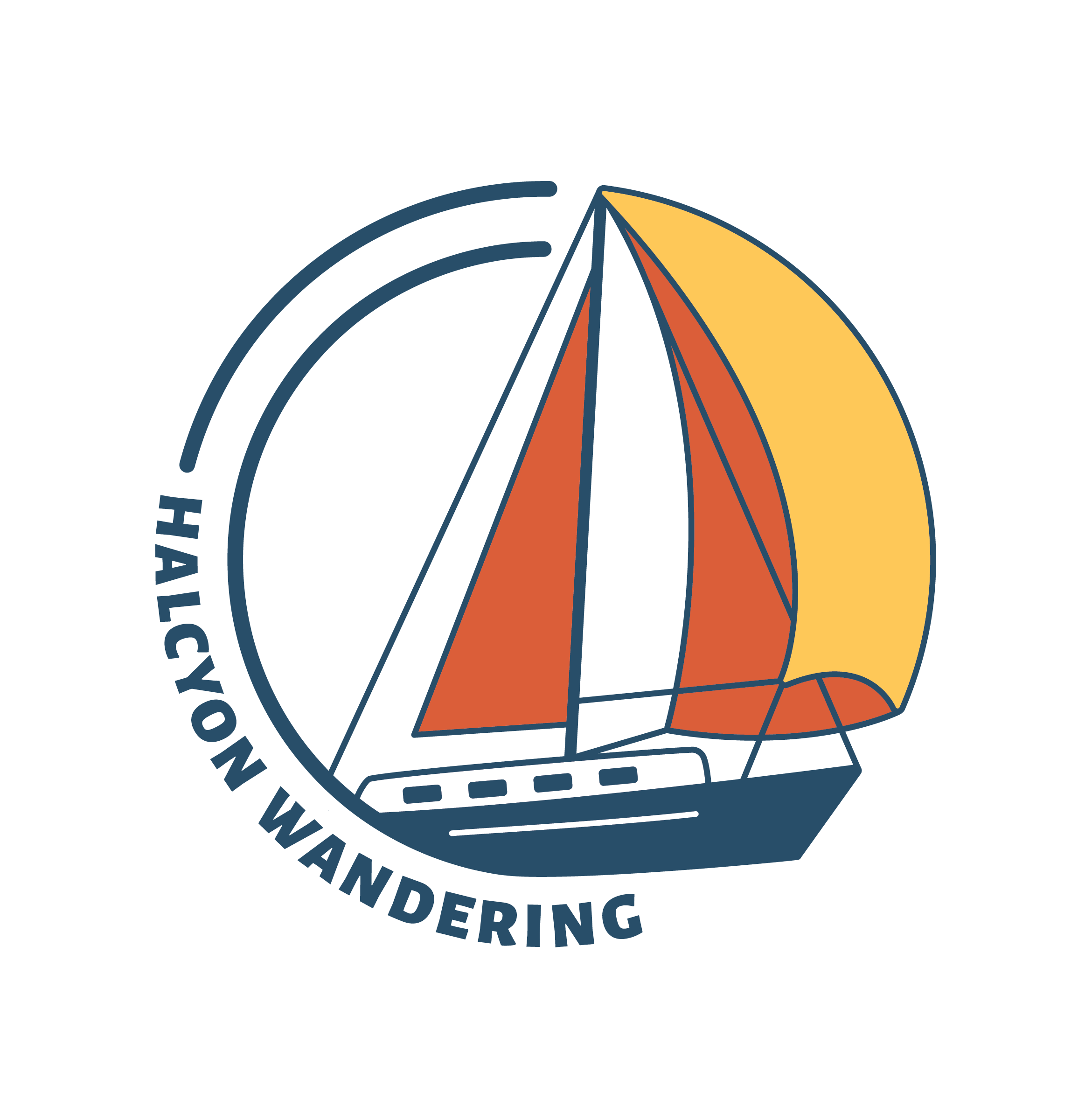AIS
Almost every boat in the Pacific Ocean that wants to go to the Atlantic Ocean, and every boat in the Atlantic Ocean that wants to be in the Pacific, passes through these waters. Of course, there are other routes, if you like breaking through ice or battling the roaring forties, but this route – into (or out of) the Bay of Panama and through the Panama Canal – is the super highway. Yesterday, we crossed that super highway twice. The first time, as we left the Perlas, we looked both ways and shot across at a right angle (minimizing the potential ship interaction time) in the middle of the day. The second time, we rounded Punta Mala at 3:00am local time and waddled across the shipping lanes at a low angle, weaving in slow motion through a dozen or so mammoth container ships and tankers headed into or out of the Canal.
I’ve never loved our AIS transponder more. AIS is a relatively recent addition to the high seas. It is a magic little box that broadcasts the ship’s name, unique call sign (called an MMSI number), position, speed and course to any vessel in the area with a receiver. All working vessels are required to broadcast and receive on AIS, and it’s optional for recreational vessels. They are not all that expensive; especially given the peace of mind they offer. Our AIS (it’s a Vesper XB8000) is one of the best upgrades we’ve made.
Lights on a hazy horizon give you about 30 minutes’ heads up of oncoming shipping traffic. The AIS receiver plops little boat-shaped pixels on our iPad screen when they are still an hour away or more, with a line strung out from their bow following their course. It also offers up handy calculations like closets point of interaction and time until that point.
Last night, I watched the iPad screen as four ships, each easily 700 feet long and traveling at 18 or 20 knots, spiderwebbed their routes across ours. It was easy to determine if we needed to alter course, which way we should go, and how long we had until we passed each other. It’s like a video game, but with your home as one of the players. Yes, of course I looked up too. Technology is certainly not a replacement for good old fashion eye sight and common sense. It’s just an incredible tool.
Aside from the excitement of crossing tacks with enormous ships going three times our speed, the night was easy and comfortable. Punta Mala juts out 40 miles and always delivers up some lumpy seas, but the strong breeze behind us made up for it. Our genoa pulled us across and through the waves at nearly 7 knots, and we’ve just completed our fastest 24-hour time on Halcyon to date – 158 nautical miles. If only these conditions would keep up for another month or so!




